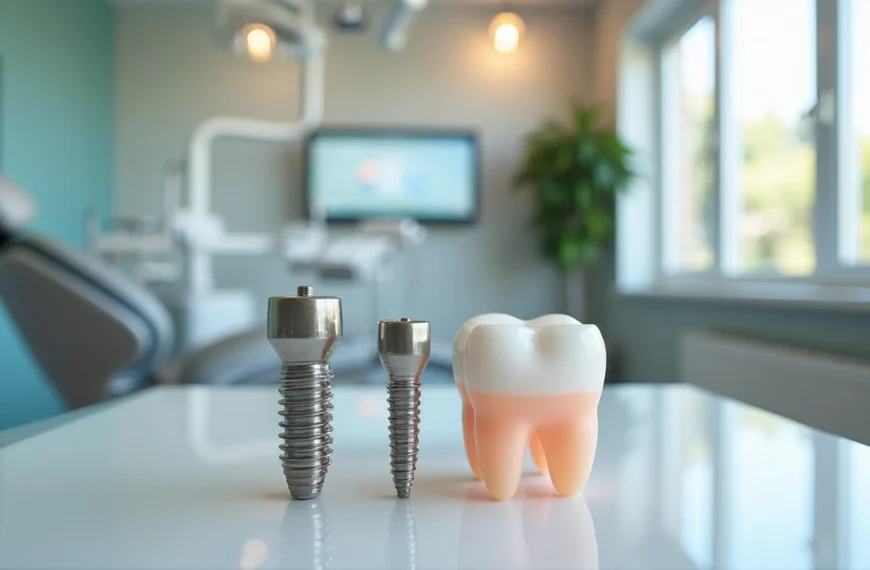Bathroom vanity have evolved beyond basic storage units. These pieces now serve as stunning design centerpieces that shape your bathroom’s character. More homeowners want vanities that look beautiful and work well, making them the room’s main attraction rather than just practical fixtures.
The 2025 bathroom landscape shows this progress clearly. Floating vanities create an illusion of extra space. Smart features like touchless faucets and built-in charging stations bring both luxury and convenience to modern designs. Sustainability now guides many design choices. Materials such as reclaimed wood, bamboo, and recycled glass offer stylish yet eco-friendly options. The color palette has moved away from traditional white. Rich, earthy tones like warm taupe and deep greens now create peaceful spaces that match the wellness focus in modern bathroom designs.
This piece explores the most important vanity trends that will shape 2025. Homeowners planning to upgrade their spaces will learn about designs that combine innovation, sustainability, and timeless appeal.
Floating Vanities: The Modern Minimalist Statement
Image Source: Moreno Bath
Floating vanities stand as the centerpiece of contemporary bathroom design. Their wall-mounted appearance and clean lines create an instant statement. These sleek fixtures seem to “float” above the floor and bring both visual lightness and practical benefits that modern homeowners love.
Why floating vanities are trending in 2025
Floating vanities do more than just look good. They create an illusion that makes bathrooms look bigger and more open by showing more floor area. This visual effect works great in smaller bathrooms where space matters.
These vanities come with practical perks too. Cleaning becomes simple because dust bunnies can’t hide in corners anymore. You can sweep, mop, or vacuum beneath the fixture easily.
Homeowners love the customization options. Unlike standard vanities, you can mount floating models anywhere between 28-36 inches from the floor. This flexibility lets you adjust the height based on your needs and comfort.
Best materials for floating vanities
Durability meets style with quality materials in floating vanities. High-pressure laminate (HPL) leads the pack with its waterproof and stain-resistant qualities. It gives you wood or concrete looks without warping in humid conditions.
Cabinet materials that work great include:
- Textured laminates that stay stable
- Lacquer finishes that keep moisture out, available in matte or glossy
- Soft-touch materials that hide fingerprints and resist damage
Porcelain countertops resist etching, chipping, and staining better than most materials. Solid-surface options give you a sleek, non-porous alternative to marble or granite. Tempered glass countertops bring elegance and surprise everyone with their durability and heat resistance.
Design tips for small bathrooms
Small bathrooms transform with floating vanities. A large mirror doubles the visual space while making your bathroom look bigger. Under-cabinet lighting makes the vanity look like it’s floating and adds soft, welcoming light.
Light colors make a big difference. Soft whites, neutral grays, and pale beiges bounce light around the room. Keep the space under your vanity clear to maintain that open feeling that makes floating vanities perfect for smaller spaces.
Smart Features That Redefine Functionality
Image Source: SHKL
Technology has found its place in every corner of our homes. The bathroom is no different. Modern vanities now include state-of-the-art features that blend convenience with luxury and turn daily routines into amazing experiences.
Touchless faucets and drawers
Smart bathroom faucets work with motion sensor technology to combine hygiene and convenience. Users can control water flow without touching anything, which reduces germ spread and saves water. Modern faucets give you several ways to turn them on – placing hands within four inches of the sensor, touching the faucet with your hand’s back, or using regular manual controls. Advanced models come with TempSense® light indicators that show different colors based on water temperature.
Smart drawers are another hands-free feature that people love. These storage solutions open by themselves when they detect hand movements. This feature helps a lot when your hands are wet or full during busy mornings.
Built-in lighting and mirrors
LED mirrors that light up have become key parts of luxury modern bathroom vanities. These fixtures help you look your best with adjustable brightness and color settings. Many models give you three different lighting modes—warm, neutral, and cool—so you can set the perfect mood for any time of day. High-end models include defoggers that keep mirrors clear even after hot showers.
Integrated charging and Bluetooth systems
New bathroom vanities come with built-in charging features that power your devices and keep counters clean. Top-tier vanities now include:
- Built-in USB-A and USB-C ports to charge devices
- Wireless charging pads right in the countertops
- Regular power outlets built into the vanity structure
These charging stations keep your devices powered without ruining the look of your bathroom. On top of that, Bluetooth has turned vanities into entertainment centers. Quality speakers built into mirrors or vanity structures let you enjoy music or podcasts while getting ready. These features create individual-specific experiences that make daily tasks more fun while keeping the clean, uncluttered look that defines modern bathroom design.
Sustainable Materials and Eco-Friendly Designs
Environmental awareness has made its way into bathroom design. Eco-friendly vanities are now the life-blood of modern bathroom esthetics. These environmentally responsible choices combine style with planet-friendly features to create beautiful spaces.
Reclaimed wood and bamboo options
Reclaimed wood has become a top pick for homeowners who want character in their modern bathroom vanities. This material gives old timber from barns, factories, and ships a new life. Each piece showcases unique weathered textures and rich patinas that tell their own story. The benefits go beyond looks – reclaimed wood helps prevent deforestation and keeps waste out of landfills.
Bamboo serves as another excellent green alternative because of its amazing growth cycle. Traditional hardwoods need decades to mature. Bamboo grows faster and stays alive during harvest. Bamboo vanities look sleek and modern with smooth grain patterns. They resist moisture well, which makes them perfect for bathrooms where humidity levels change often.
Low-VOC finishes and water-saving fixtures
Standard vanity finishes release volatile organic compounds (VOCs) that hurt indoor air quality. Low-VOC options have become popular because they release fewer harmful emissions while staying durable. These healthier choices include water-based stains created with more than 50% renewable resources. They leave a smaller carbon footprint without losing quality.
Water-saving technology has changed bathroom fixtures too. Modern faucets with WaterSense certification use 1.5 gallons per minute or less – 32% less than the federal limit of 2.2 gallons. Yes, it is worth noting that some ultra-efficient models like Kohler’s Honesty widespread bathroom sink faucet use just 0.5 gallons per minute. These fixtures save water without sacrificing performance.
Certifications to look for when buying
Specific certifications help verify truly sustainable vanities. The Forest Stewardship Council (FSC) certification shows wood comes from well-managed forests. To cite an instance, see Kohler’s FSC Chain of Custody certified products that use wood from sustainable forests.
WaterSense certification from the EPA guarantees fixtures use 20% less water than standard models. Declare labels are a great way to get transparency about materials used. Third-party verification backs these labels. They include verified content inventory and earn 1.5 product credits for LEED certification.
Bold Colors and Unique Finishes Take Over
Image Source: Cuisines Rochon
Bathroom design in 2025 shows a bold departure from traditional styles as designers break away from all-white spaces and matching fixtures. New color schemes and material combinations take the spotlight in modern bathrooms.
Popular color palettes for 2025
Modern bathroom designs now embrace more expressive options instead of neutral palettes. Earth-inspired hues dominate the scene, with sage green standing out as a favorite choice. Sherwin-Williams’ 2025 Color of the Year “Quietude,” a soft sage with blue undertones, reflects this move toward peaceful yet distinctive colors.
Deep blues, vibrant teals, and warm ochres now define luxury modern bathroom vanities. Designers have noticed a clear move toward rich, enveloping shades like oxblood, claret, and dark greens that revolutionize bathrooms into luxurious retreats. Black elements create dramatic impact when paired with brass accents, adding a sophisticated touch.
Mixing materials: wood, metal, and stone
Modern bathroom designs now feature distinctive material combinations. Mixing metals like brass, chrome, and matte black adds character and depth. Designers suggest using a dominant metal for about two-thirds of fixtures such as showerheads and faucets, while using an accent metal for mirror frames and lighting fixtures.
Warmth comes from reclaimed wood vanities with unique character details that go together with polished elements like hammered metal sinks. This mix of rustic and refined elements lifts the visual appeal of the entire space.
How to balance bold with timeless
Strategic planning helps incorporate bold elements without dating the space quickly. Designers recommend balancing bright vanity colors with neutral surroundings. To name just one example, a striking blue vanity works beautifully with soft gray walls and white fixtures.
Statement pieces should coordinate with other elements in the space. Metal finishes need to match the overall color palette. High-quality materials like wood, unlacquered brass, and polished nickel end up creating a foundation that feels both modern and lasting.
Conclusion
Modern Bathroom Vanities: The Future Has Arrived
Modern bathroom vanities have surpassed their basic storage unit role. These fixtures now define spaces by combining style with functionality and showcasing personal taste. Homeowners looking to upgrade their bathrooms in 2025 should think about several important factors before making their choice.
Floating vanities are pioneering contemporary design. They create an open feel and offer practical advantages like easy cleaning and height adjustments. Smart technology reshapes the scene with touchless fixtures, built-in lighting, and uninterrupted features that mix convenience with luxury.
Sustainability is a vital factor, as eco-friendly materials like reclaimed wood and bamboo grow more popular among other water-saving fixtures and low-VOC finishes. FSC and WaterSense certifications give extra confidence to environmentally conscious buyers.
Color choices have moved beyond traditional white. Earth-inspired tones lead 2025 designs, especially when you have sage greens and deep blues that create calm spaces. On top of that, it’s the purposeful blend of materials—wood with metal, stone with glass—that adds richness and personality to modern bathrooms.
Your bathroom vanity choice ended up needing a balance between bold designs and timeless features. While trends shift, quality materials and smart design create lasting worth. The right vanity boosts both looks and daily routines through practical features that match your needs.
Homeowners who embrace these modern bathroom vanity trends will definitely create spaces that feel fresh yet lasting—bathrooms that become personal retreats while staying relevant through the years.
FAQs
Q1. What are the top bathroom vanity trends for 2025? The top trends include floating vanities for a minimalist look, smart features like touchless faucets and integrated charging stations, sustainable materials such as reclaimed wood and bamboo, and bold color choices like sage green and deep blues.
Q2. Are vessel sinks still popular in 2025 bathroom designs? While traditional vessel sinks are less common, vessel-inspired designs with lower profiles and integrated looks are still in vogue. They’re particularly suitable for smaller bathrooms or powder rooms where they can serve as a striking focal point.
Q3. What color schemes are dominating bathroom designs in 2025? Earth-inspired hues are popular, with sage green being a standout choice. Other trending colors include deep blues, vibrant teals, and warm ochres. Soft pastels like blush pink and lavender are also gaining popularity for their calming effects.
Q4. How are smart technologies being incorporated into modern bathroom vanities? Smart vanities now feature touchless faucets and drawers, built-in LED lighting with adjustable modes, integrated Bluetooth speakers, and charging stations with USB ports and wireless charging pads. These technologies enhance convenience and create a personalized bathroom experience.
Q5. What sustainable materials are being used in eco-friendly bathroom vanities? Eco-conscious homeowners are opting for vanities made from reclaimed wood and fast-growing bamboo. Other sustainable choices include low-VOC finishes for improved air quality and water-saving fixtures that meet WaterSense standards for conservation.
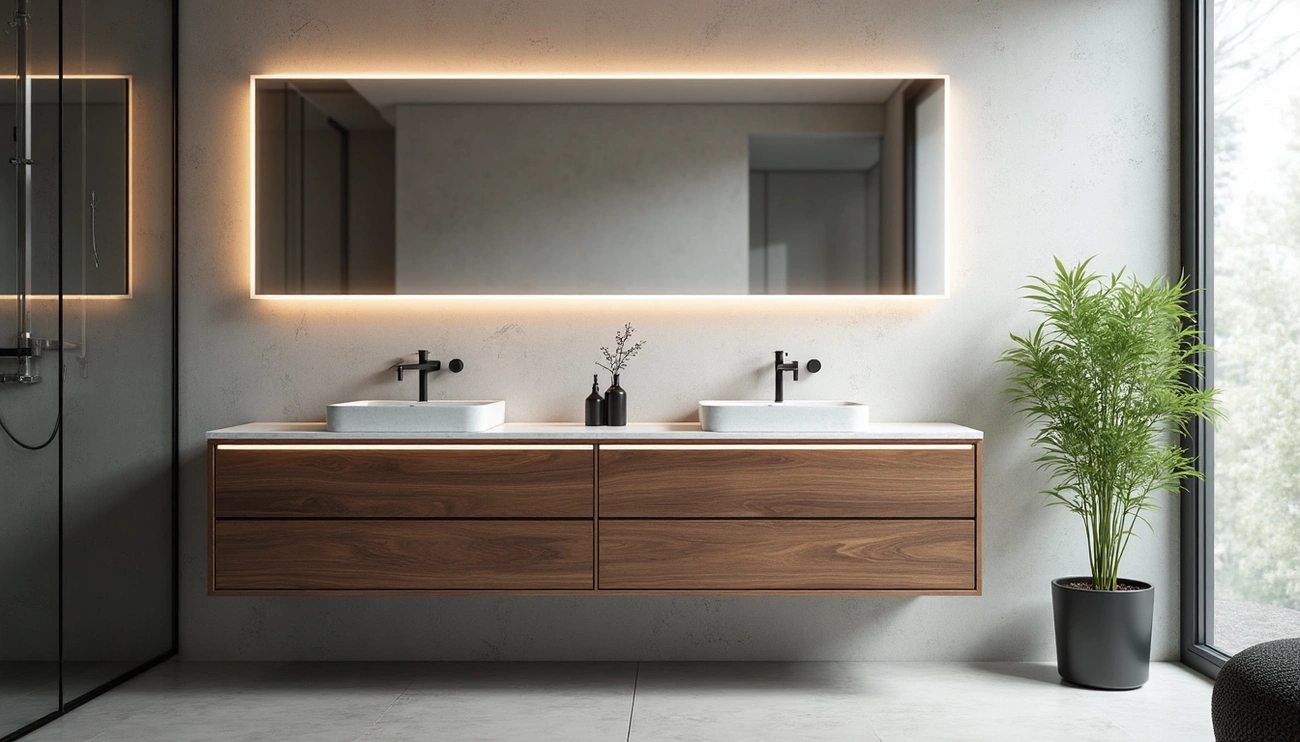
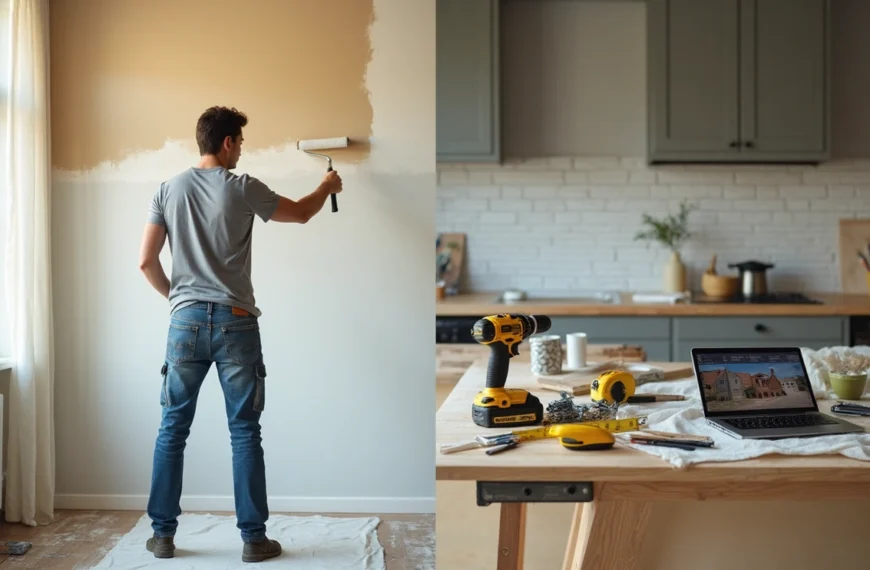
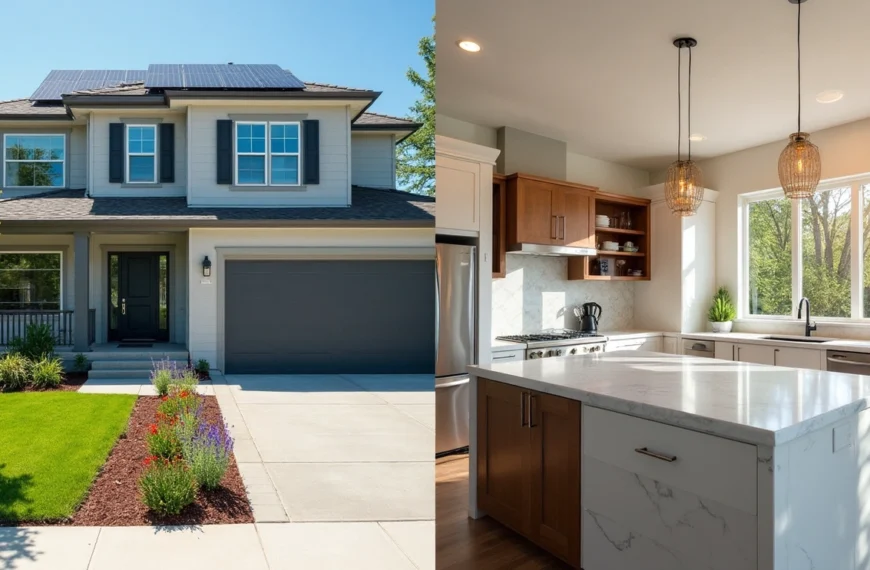
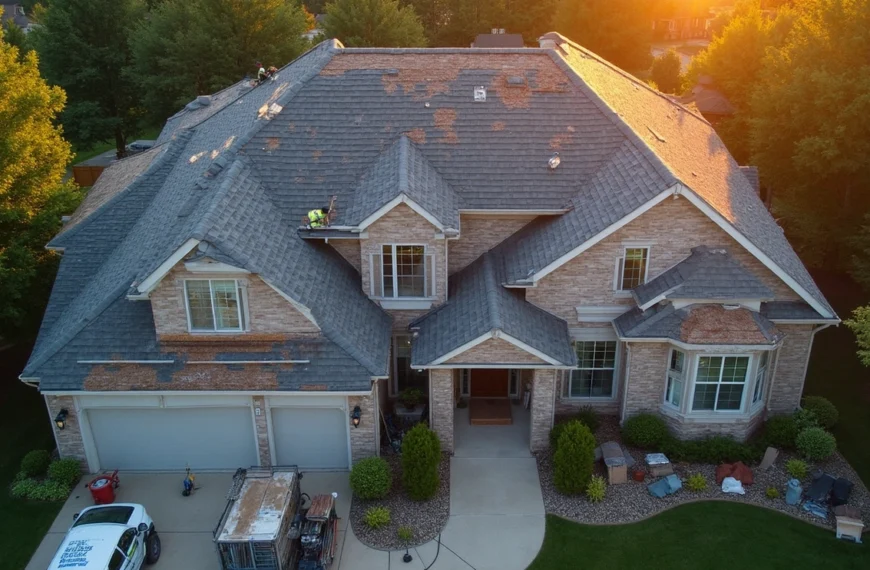

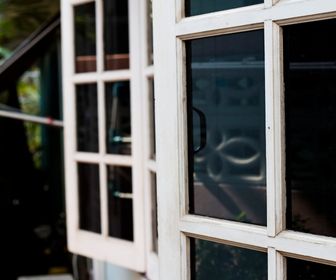




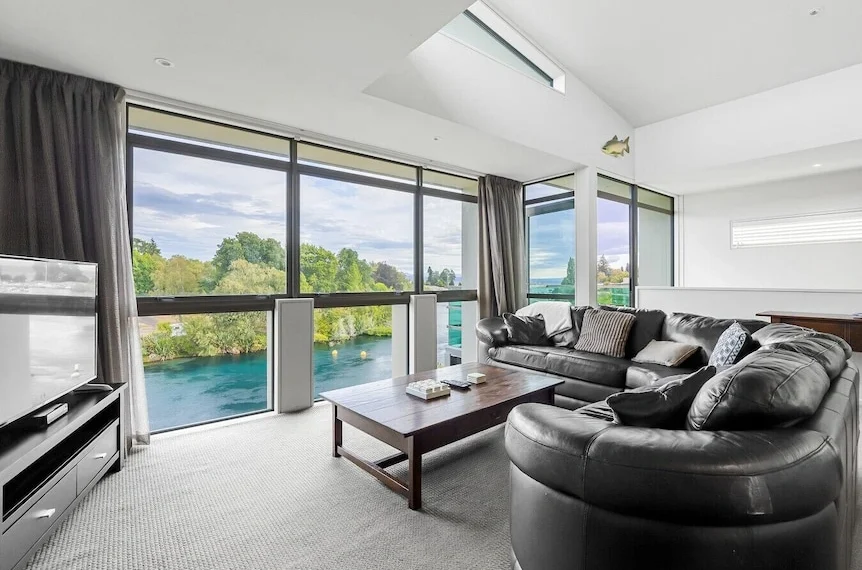
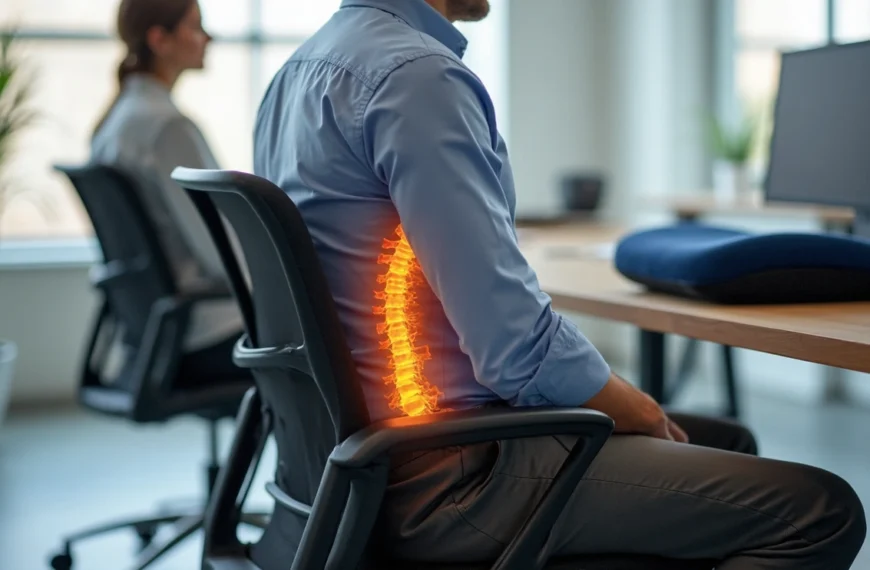
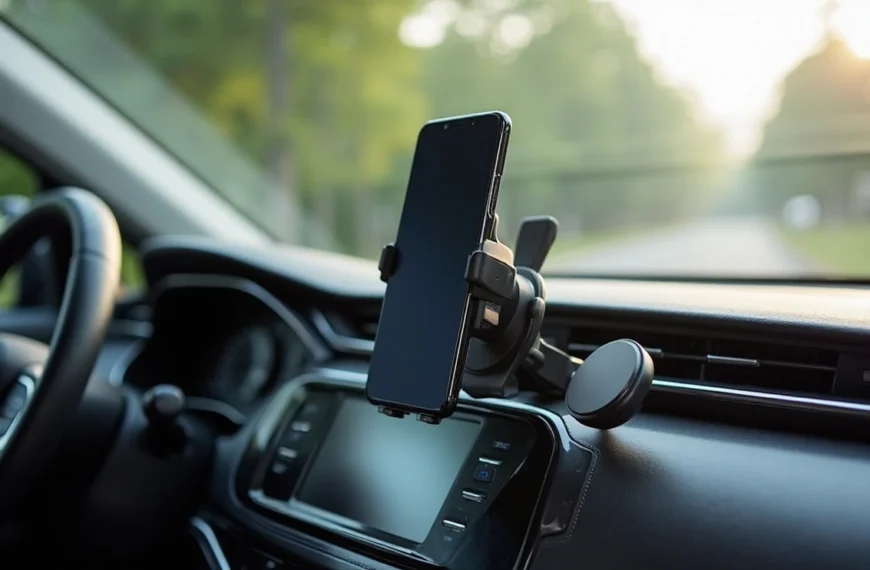
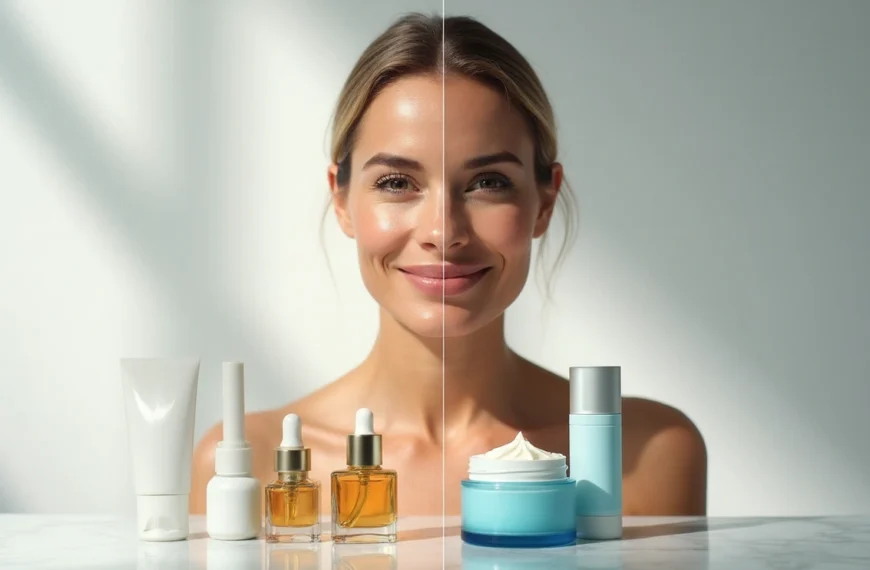
![No Win No Fee Lawyers: The Hidden Truth About Settlement Cuts Legal representation through no win no fee lawyers gives clients a way to fight cases without paying anything upfront. Many clients don't know that these services take a big chunk of money after winning the case. Lawyers usually take 25% to 40% of what you win as their contingency fee. The amount lawyers take from settlements can add up fast. A $100,000 settlement means your attorney gets $30,000 if they charge a 30% fee after winning your case. Your solicitor's cut might be £10,000 from a £30,000 compensation award, based on your agreement percentage. This payment model stays pretty much the same for no win no fee lawyers in different places, though percentages can change. This piece breaks down what you need to know about contingency fee deals. You'll learn about standard fee ranges, extra costs beyond the basic fee, and times when this payment setup might not work in your favor. Smart clients should think over these money matters before signing up with a lawyer to make better choices about their legal help. What No-Win No-Fee Really Means Image Source: Express Legal Funding A no-win no-fee arrangement, also called a Conditional Fee Agreement, changes the way people get legal help. This payment approach removes the need to pay legal fees upfront and creates a partnership between clients and their attorneys. How contingency fees work No-win no-fee agreements are based on contingency fees. Lawyers get paid only when they win compensation for their clients. Most lawyers take between 25% and 40% of the final amount, based on how complex the case is and where it's filed. Lawyers take their cut after winning the case. To name just one example, see a case where a lawyer wins £30,000 in compensation with a 33% fee - they would receive £10,000. On top of that, some law firms use sliding scales where they charge less for quick settlements and more if the case goes to trial. The law requires a written agreement before any work starts. This paperwork spells out the lawyer's percentage, what costs you'll need to cover, and other key details. What happens if you lose the case The meaning behind "no-win no-fee" is clear - losing your case means you won't pay your lawyer anything. All the same, you should know about a few money-related details. You won't owe your lawyer when you lose, but some deals might make you pay for court fees, expert witnesses, or other case expenses. The other side could also ask you to pay their legal costs. Many lawyers suggest getting "After Event" insurance to protect their clients. These policies cover any costs if you lose your case, which makes the no-win no-fee setup much safer. Why lawyers offer this model Lawyers want to make legal help available to more people, so they offer these payment plans. This setup helps people who don't have much money take legal action when they have valid claims. The payment structure motivates lawyers to work hard. They only get paid by winning cases, which pushes them to get the best results possible. Lawyers carefully assess each case before taking it on a no-win no-fee basis. They usually accept cases that have a good chance of winning, since they put in lots of time and resources without any guaranteed payment. The Real Cost: How Much Do Lawyers Take from a Settlement Image Source: Greiner Law Corp. The true cost of no-win no-fee legal representation becomes clear once we look at contingency fees. Many clients feel surprised to see a big chunk of their settlement checks going to their attorney's fees. Typical percentage ranges (25%–40%) No win no fee lawyers typically ask for 25% to 40% of the total settlement amount. Personal injury attorneys usually take 33.3% (one-third) of the awarded compensation[101]. Lawyers and clients agree on this percentage before any work starts on the case. Several factors shape the final percentage. Your chances of winning, case complexity, and the work to be done play key roles in determining the attorney's cut. Some areas have laws that cap the maximum contingency fees for specific types of cases. Sliding scale based on case complexity Law firms often use a tiered fee system that changes with the case stage and complexity. This scale rewards quick settlements while paying attorneys fairly if more work becomes needed. The fee might start at 30% if the case settles before lawsuit filing. This number could climb to 35% after filing or reach 40% if the case goes to trial. Law firms often group cases by complexity: 10%-20%: Simple cases with straightforward settlements 25%-35%: Typical personal injury cases 35% and above: Complex cases requiring extensive resources Examples of payout breakdowns These ground examples show how fees affect settlements: A $15,000 settlement with a 33.3% contingency fee.pdf) puts $5,000 in the attorney's pocket, leaving $10,000 for the client. Similarly, from a $100,000 settlement with a 33% fee, the attorney gets $33,000 while the client receives $67,000[102]. Complex cases tell a different story. A $100,000 settlement with a 30% fee plus $5,000 in extra costs leaves $65,000 for the client after all deductions. These fees substantially change the client's final payout. Hidden Costs You Might Not Expect Image Source: Nelson Personal Injury Lawyers Beyond percentage-based fees, clients often feel surprised by extra costs that can reduce their final compensation by a lot. These hidden costs show up in the fine print of no-win no-fee agreements. You should think over these details before signing. Court filing and expert witness fees Legal proceedings come with unavoidable court filing fees. These charges differ by jurisdiction. They usually range from $30 for small claims to several hundred dollars for complex civil lawsuits. Expert witnesses can be expensive, with hourly rates ranging from $150 to $1,000 based on their credentials and testimony complexity. Expert witnesses charge more for court appearances than consultation work because of added pressure and prep time. Clients might still need to pay experts for their prep work even if the case settles before trial. Medical report and investigation costs Medical documentation is a vital part of many legal claims. These costs include fees to release medical records, create specialized reports, and prepare documents. Investigation costs cover evidence gathering, police reports, witness interviews, and other fact-finding work needed to build a strong case. Of course, some firms say they'll cover these expenses upfront, but clients don't completely avoid these costs. When these costs are deducted from your compensation Law firms take these expenses from the settlement amount before they calculate their percentage fee, though each firm handles this differently. Some lawyers subtract these costs after figuring out their contingency fee, which changes how much money clients end up with. Most firms pay case-related costs during the process and get their money back from the settlement. The defendant usually pays most simple legal costs and disbursements in successful cases, but not always everything. Insurance protects clients from costs in unsuccessful claims at many law firms, but this protection isn't guaranteed. Clients should review their agreements carefully since they might still need to pay specific expenses even if they lose their case. When No-Win No-Fee Might Not Be the Best Option Contingency fee arrangements give many people access to justice. However, this payment model doesn't always work in a client's best interests. Knowing these limitations helps clients make better decisions about their legal representation. Cases with unclear liability Lawyer no win no fee arrangements work best in cases where fault is clear. We assessed the probability of success before taking contingency cases. Lawyers might turn down cases if there isn't enough evidence of the other party's negligence or if liability isn't certain. Cases with multiple responsible parties create more challenges. The situation gets complicated fast when several parties share liability. Lawyers are less likely to take these cases on contingency. They need to be confident they can prove the other party's negligence before accepting a case. Low-damage or low-payout claims Small claims often don't work well with the contingency model, even with real injuries. Cases that have minimal injuries or limited financial damages might not bring enough compensation to cover legal costs. The potential settlement needs to be big enough to pay for investigations, witness interviews and court fees. Personal injury lawyers often turn down cases where the "compensation potential" is too small. This doesn't mean the claim isn't valid - it just means the economics don't add up for a contingency arrangement. Situations where hourly billing may be better Hourly billing has clear advantages in certain cases. Clients see exactly what they're paying for - every hour worked and task completed. This model works well for cases that need lots of attention but don't have clear financial outcomes. Complex litigation with opposing parties works better with hourly billing and a retainer fee. Clients have more control over their case and don't feel pressured to settle quickly. Cases that need extensive preparation but have uncertain outcomes fit the hourly model better. Lawyers can spend the time needed without worrying about contingency limits. This approach often leads to better representation, especially for complex legal issues that need special expertise. Conclusion Understanding the Full Picture Before You Sign No-win no-fee arrangements offer legal representation without upfront costs. Of course, this seems attractive at first glance. In spite of that, you need to think about how these agreements can affect your final compensation. Legal fees usually range from 25% to 40% of your settlement - but that's just the start. You'll face more deductions like court filing fees, expert witness costs, and charges for medical documentation. What looks like a "free" service ends up taking a big chunk of your compensation to cover legal expenses. These arrangements work best in specific situations - cases with obvious liability, substantial damages, and solid evidence. If you have a low-value claim or complex liability issues, traditional hourly billing might serve you better. Without doubt, you should ask for clear explanations of all possible costs before signing anything. Read the fine print closely, especially when you have to deal with expenses in unsuccessful cases. Ask to see sample settlement breakdowns that show all deductions. This helps you picture what you might actually take home. Your choice to go with a no-win no-fee arrangement depends on your situation. This model helps if you don't have money to pursue valid claims. But if you have a strong case and enough funds, other fee structures might let you keep more of your compensation. Whatever payment model you choose, knowing exactly how much lawyers take from settlements helps you make better decisions. This knowledge lets you approach legal representation with real expectations and better control over your money. FAQs Q1. What percentage of a settlement do no-win no-fee lawyers typically take? No-win no-fee lawyers typically charge between 25% to 40% of the final settlement amount as their contingency fee. The exact percentage often depends on the complexity of the case and the stage at which it is resolved. Q2. Are there any hidden costs in no-win no-fee arrangements? Yes, there can be additional costs beyond the lawyer's percentage fee. These may include court filing fees, expert witness costs, medical report expenses, and investigation costs. These expenses are usually deducted from the settlement amount before or after the lawyer's fee is calculated. Q3. What happens if I lose my case in a no-win no-fee arrangement? If you lose your case, you generally won't have to pay your lawyer's fees. However, you might still be responsible for certain expenses like court costs or the opposing party's legal fees. Many lawyers offer insurance to protect clients from these potential costs in case of an unsuccessful claim. Q4. When might a no-win no-fee arrangement not be the best option? No-win no-fee arrangements may not be ideal for cases with unclear liability, low-value claims, or complex legal issues requiring extensive preparation. In these situations, traditional hourly billing might be more appropriate and potentially more cost-effective for the client. Q5. Can I negotiate the percentage a lawyer takes from my settlement? Yes, the contingency fee percentage is often negotiable. It's typically agreed upon and formalized in writing before the lawyer begins working on your case. Don't hesitate to discuss the fee structure with your lawyer and ask for a detailed breakdown of potential costs and deductions.](https://consumersweek.com/wp-content/uploads/2025/06/No-Win-No-Fee-Lawyers-The-Hidden-Truth-About-Settlement-Cuts-870x570.webp)
